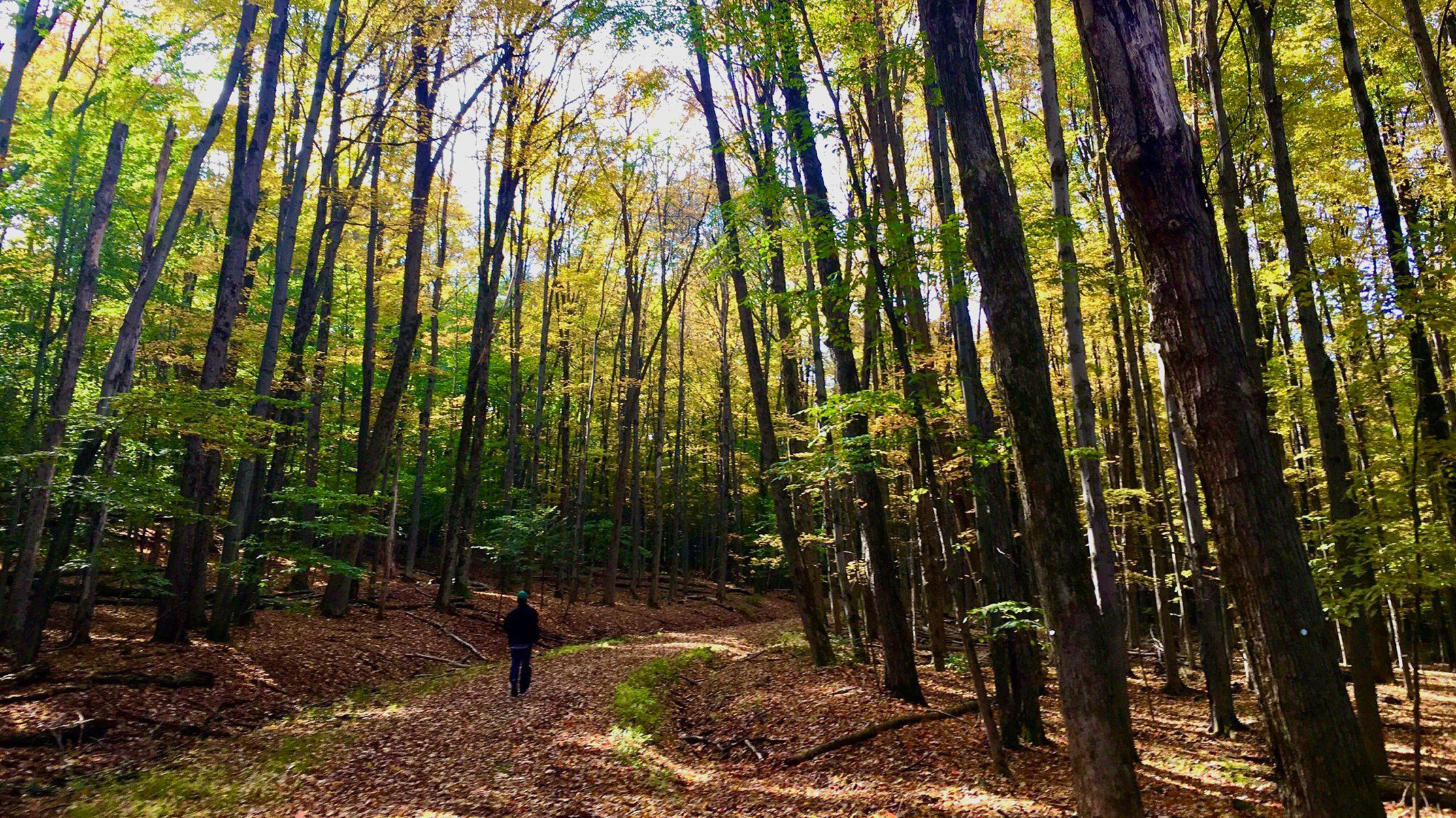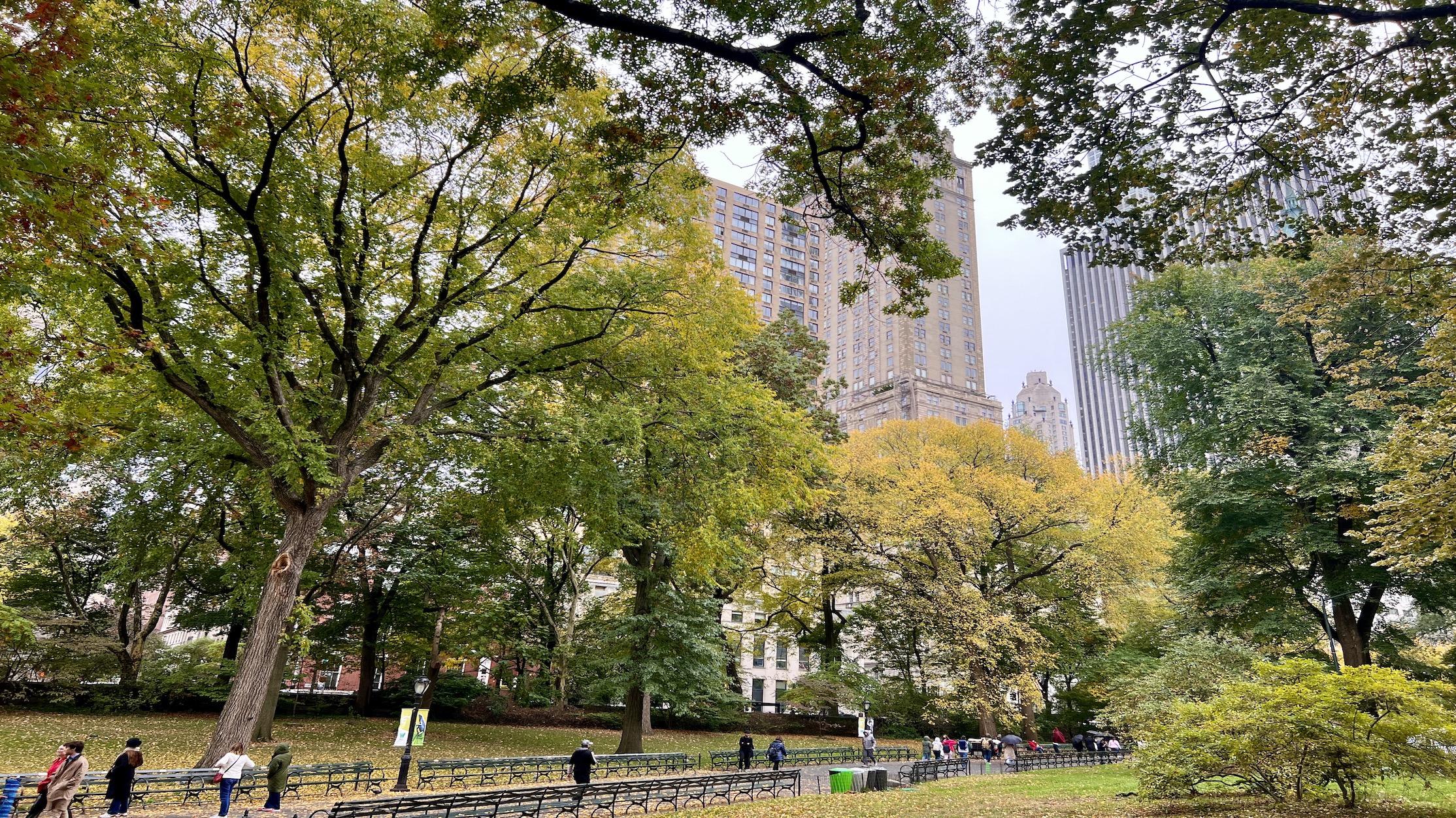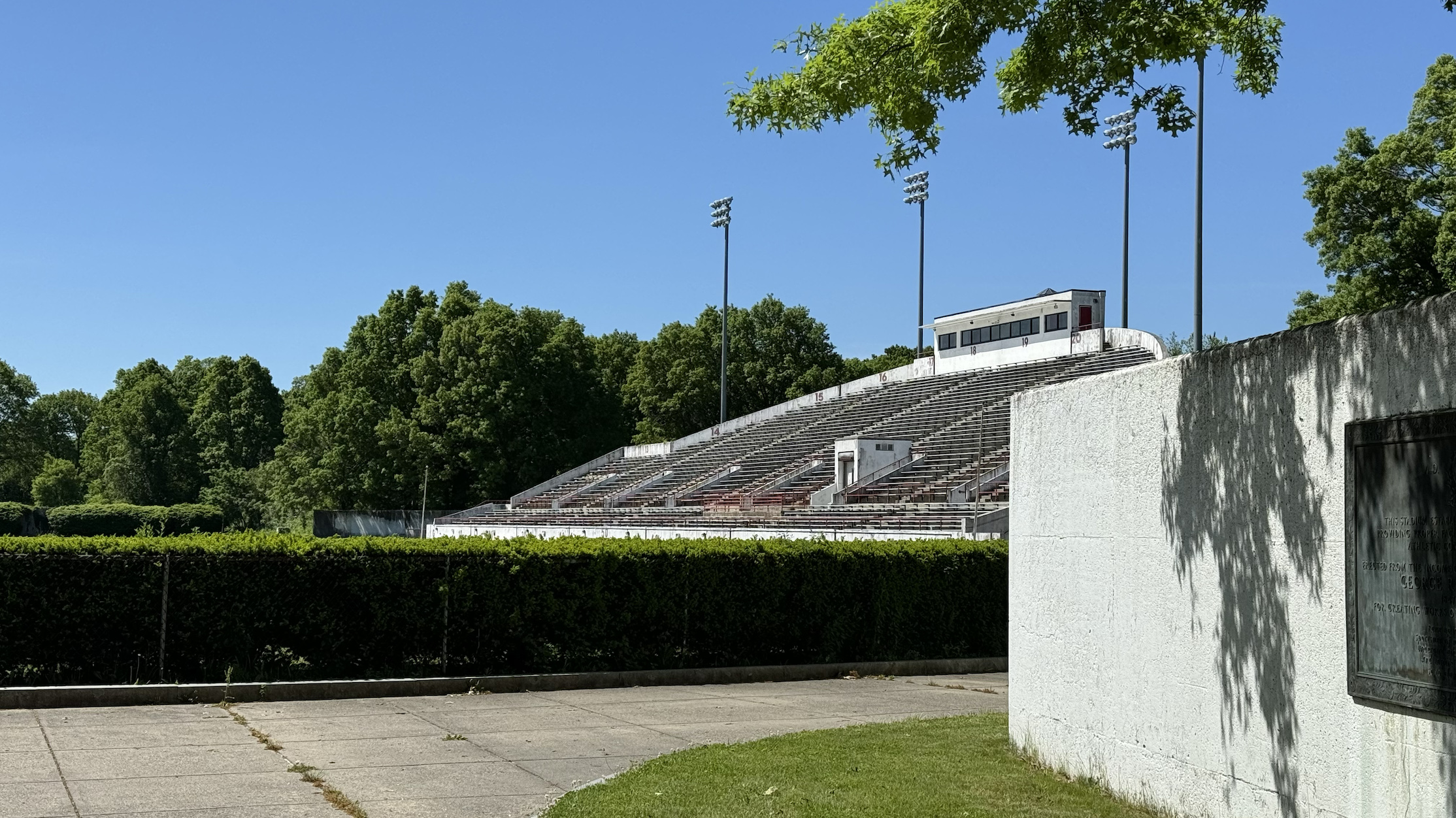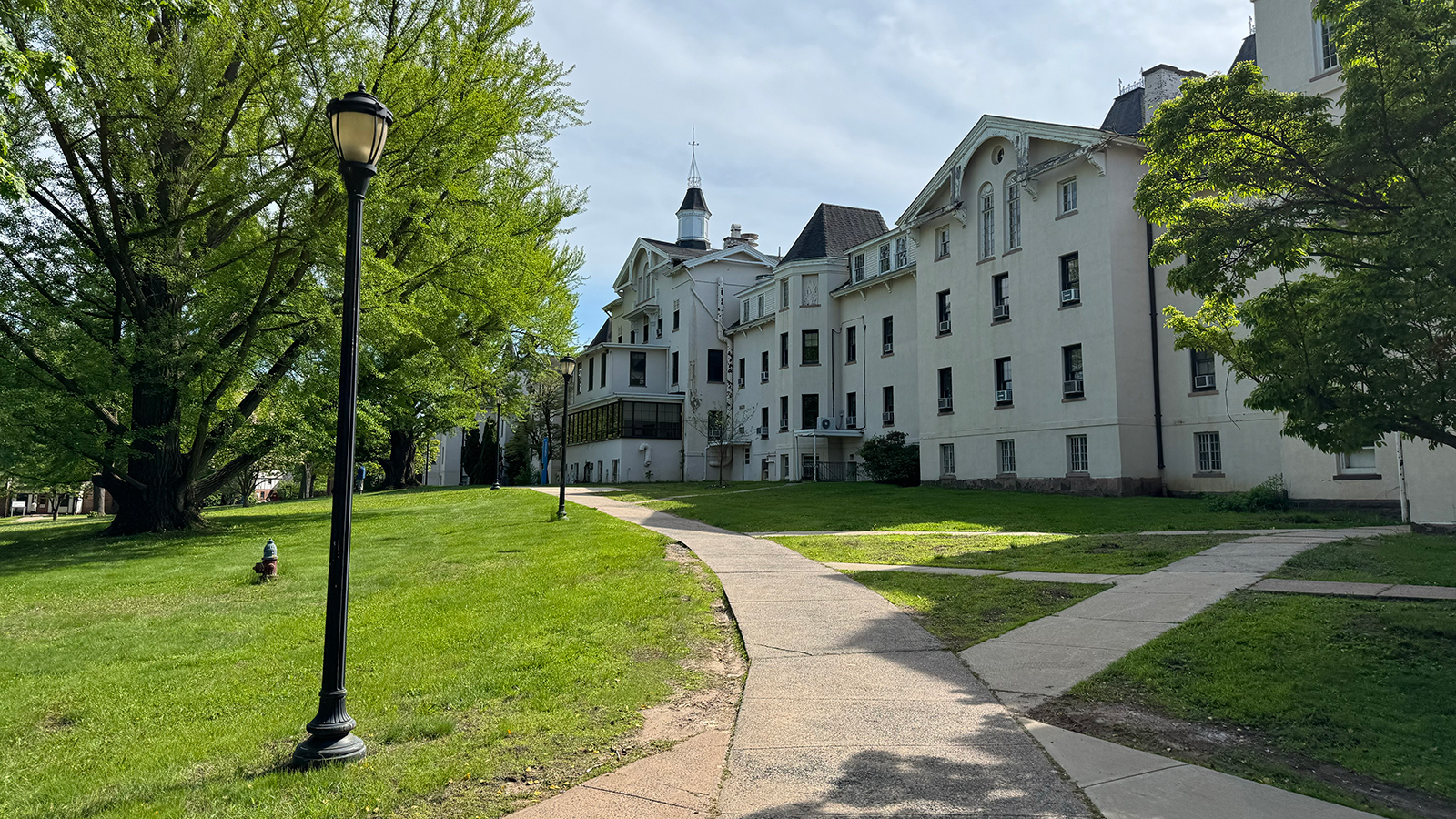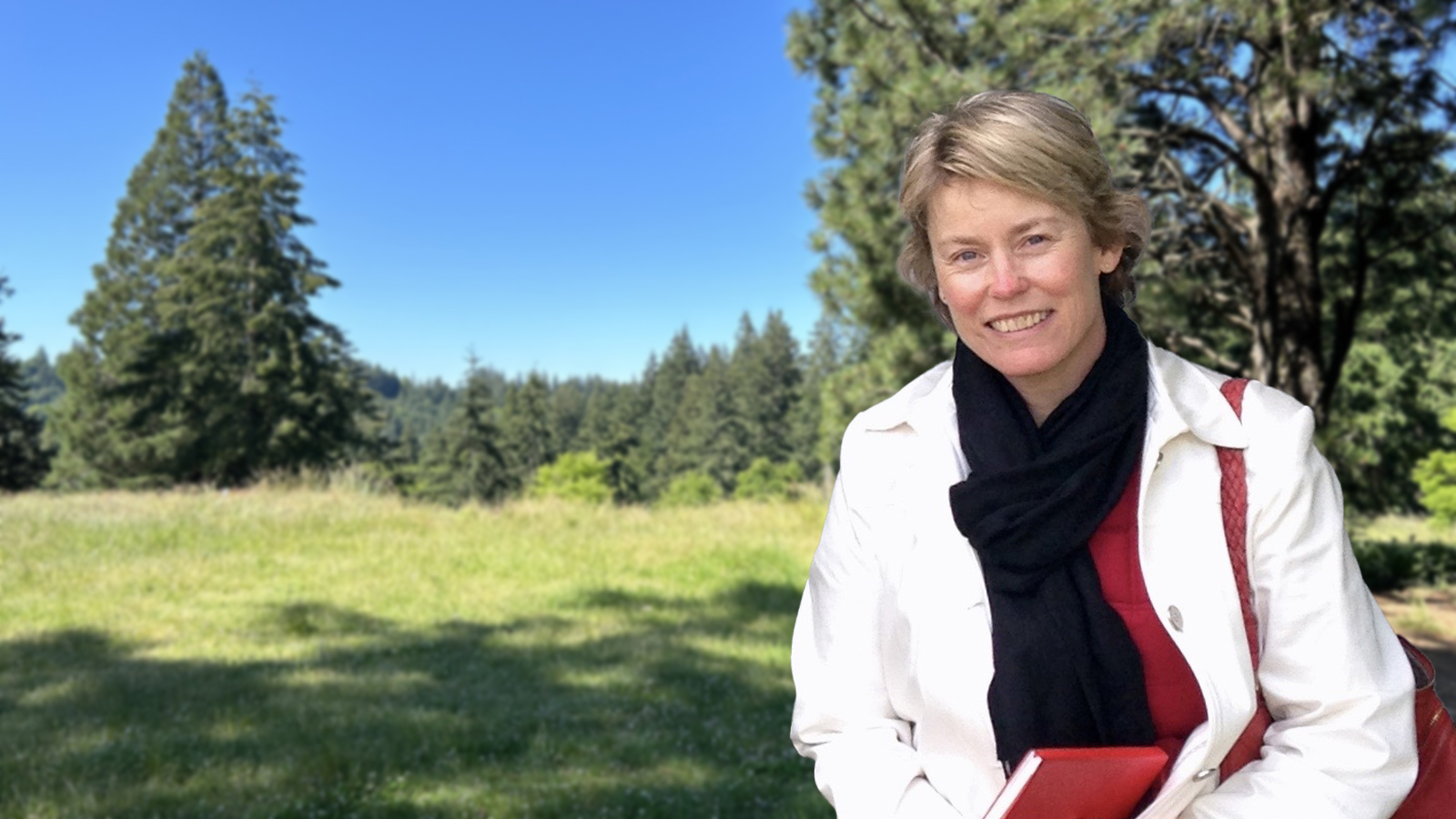
Boston neighborhoods deserve expansive and well-maintained public parks and the mental, physical and ecological benefits they provide. That was the enlightened goal of city leaders nearly 200 years ago when they enlisted Frederick Law Olmsted to create Franklin Park and the extraordinary Emerald Necklace.
Boston also needs to be able to address a massive drug and homelessness problem.
Let Olmsted show the way.
Park maker and social reformer Frederick Law Olmsted made it very clear that parks are NOT building sites. The purpose of a park, Olmsted opined, was to create “a ground to which people may easily go after their day’s work is done, and where they may stroll for an hour, seeing, hearing, and feeling nothing of the bustle of the streets, where they shall, in effect, find the city put far away from them.” He railed at politicians and public officials who viewed parks as simply places to build. “The very ‘reason for being’ of the Park,” said Olmsted, is “the importance to the city’s prosperity of offering its population … opportunity for pleasurable and soothing relief from building.”
Given this thinking, Franklin Park neighbors should not be told that health services and parks are an either-or proposition. And community groups like CORES— which are insisting on real community feedback on the new and massive project proposed by the Boston Medical Center— have a right to be heard. There is no reason the city can’t have parkland AND recovery services and options are already on the table.
The massive recovery facility proposed by BMC would be the largest such facility in North America and would ignore best practices calling for smaller decentralized services in multiple locations in community-based and transit-oriented settings. It seizes park land from a neighborhood that has already borne the brunt of racism and inequitable investment over time and should not be victimized once again.
Over its history, Franklin Park has been subjected to numerous intrusive uses— the transformation of the meadow into a golf course and buildings; adaptation of the Greeting promenade into the Zoo and its structures; the addition of a stadium and parking; the building of a maintenance yard; and the construction of the Shattuck Hospital. Today, 40% or 200 acres of Franklin Park cannot be accessed freely by the general public.
The path of least resistance should not be the foundation of public policy. There are already some excellent alternatives that should be explored.
The Emerald Necklace and Northeastern University have identified the Arborway Yard Bus Facility as an ideal spot for the provision of health services. It has space for community services, recreational greenspace and easy access to public transportation.
Meanwhile, the FY 2024 budget proposal provides for the study of converting decommissioned ships to floating hospitals for mental health. Thanks to Olmsted, much of that work has already been done. Olmsted originated hospital ships at the time of the Civil War. To address the trauma of fighting and the urgent health needs of Union soldiers, Olmsted and the US Sanitary Commission, a precursor to the Red Cross, fitted out ships with health care services and amenities for the sick and injured. The Floating Hospital for Children, which would later become Tufts Children’s Hospital, no doubt took its inspiration from Olmsted’s groundbreaking work.
Recapturing 13 acres of Franklin Park can be done and urgent health services can be provided. What is needed is big thinking by Boston officials. Let social reformer and parkmaker Frederick Law Olmsted point the way.
Learn more about the issue from our partner Emerald Necklace Conservancy!





